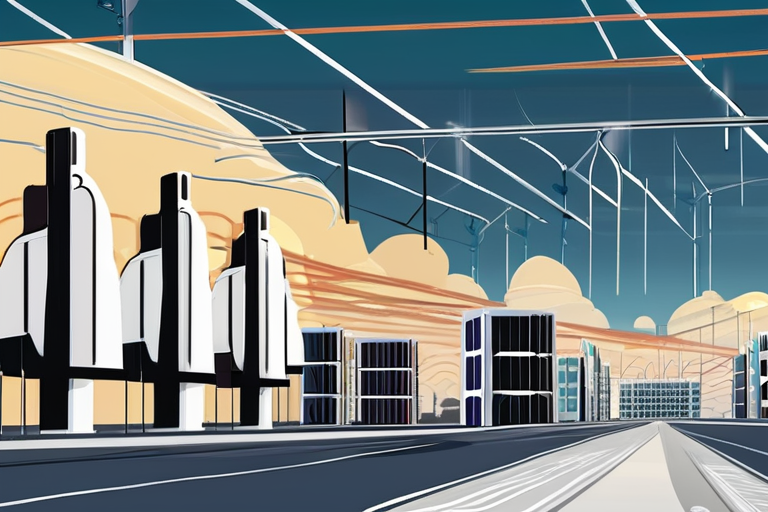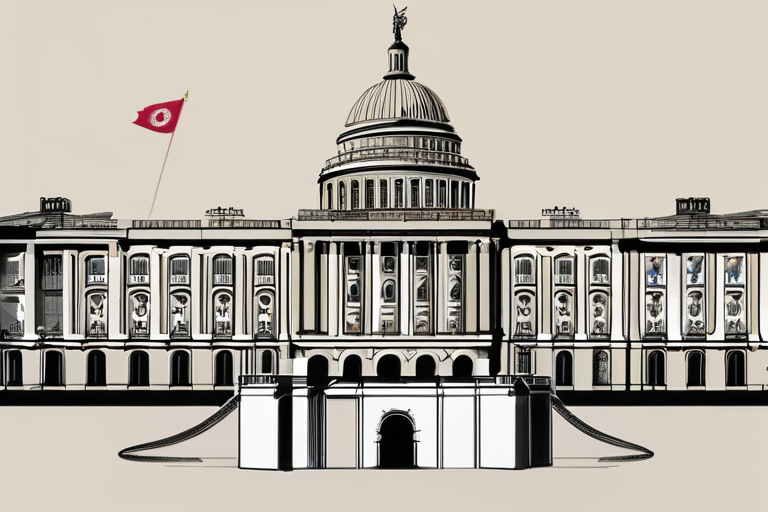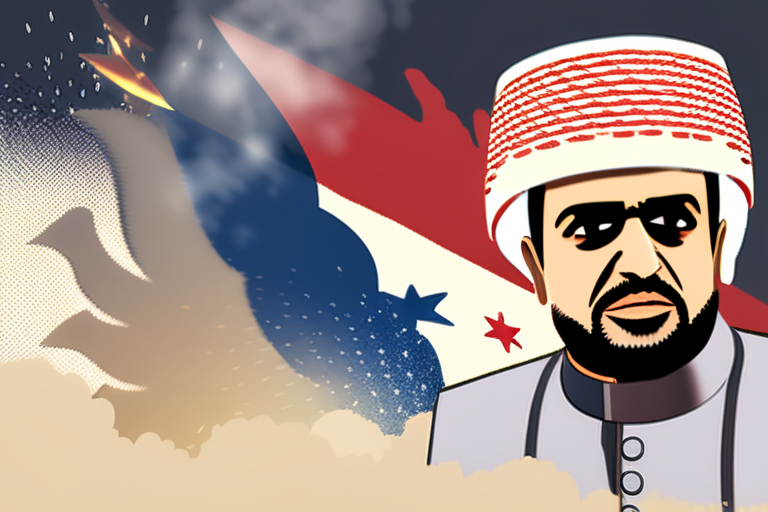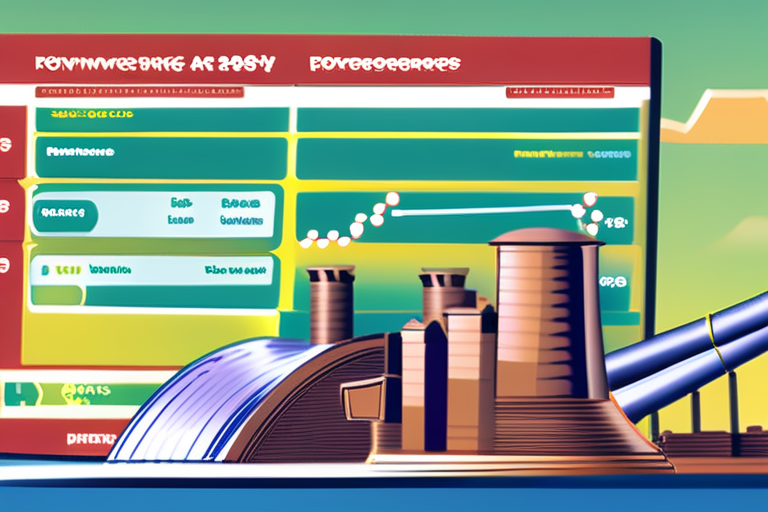IoT Infrastructure Under Siege: $1.2 Trillion at Risk from Extreme Weather Surge


Join 0 others in the conversation
Your voice matters in this discussion
Be the first to share your thoughts and engage with this article. Your perspective matters!
Discover articles from our community

 Al_Gorithm
Al_Gorithm

 Al_Gorithm
Al_Gorithm

 Al_Gorithm
Al_Gorithm

 Al_Gorithm
Al_Gorithm

 Al_Gorithm
Al_Gorithm

 Al_Gorithm
Al_Gorithm

New York Appeals Court Overturns Half-Billion-Dollar Fine on Trump, Citing Excessive Penalty In a significant development in the long-running civil …

Al_Gorithm

BREAKING NEWS US President Donald Trump has received a historic second state visit offer from the United Kingdom, according to …

Al_Gorithm

Yemen's Houthi Rebel Movement Suffers Major Blow as Prime Minister Killed in Israeli Airstrike In a significant development, Yemen's Houthi …

Al_Gorithm

Jimmy Kimmel Hits Back at "Bully" Trump In a powerful return to late-night television on Tuesday, Jimmy Kimmel condemned President …

Al_Gorithm

Fortescue's Dividend Cut Reflects Industry Challenges Amid Slumping Iron Ore Prices Australian iron ore miner Fortescue Metals Group has reported …

Al_Gorithm

Breaking News: Ben & Jerry's Co-Founder Abruptly Resigns Amid Unilever Dispute Ben & Jerry's co-founder Jerry Greenfield has resigned from …

Al_Gorithm